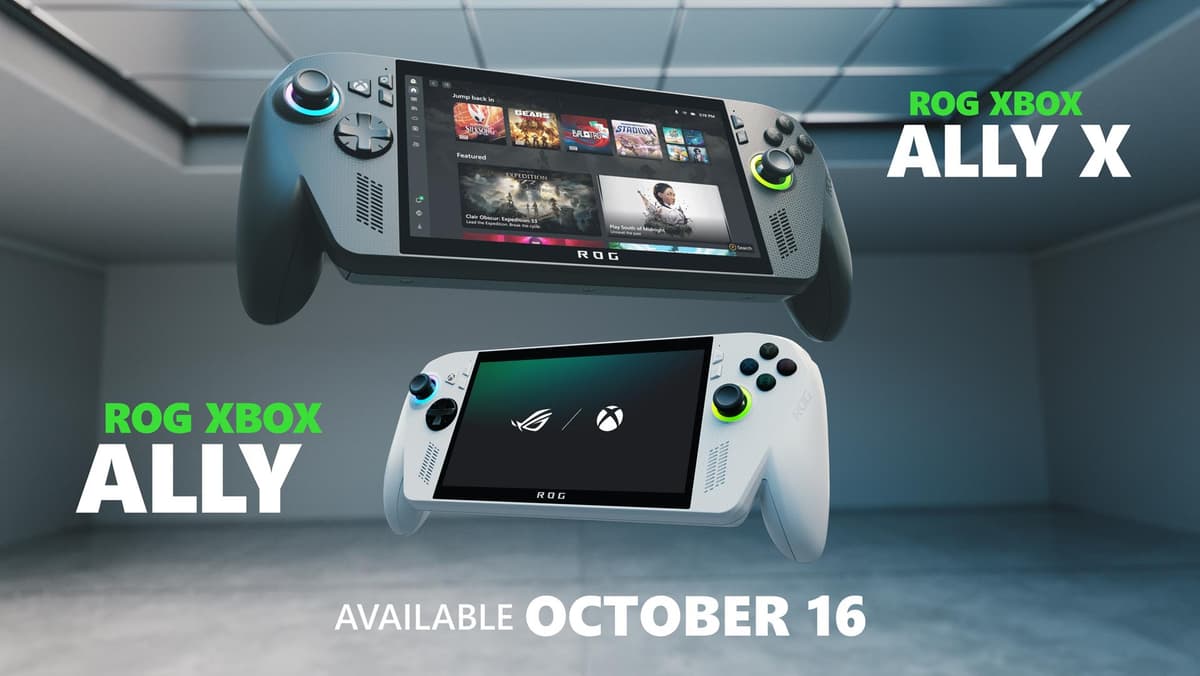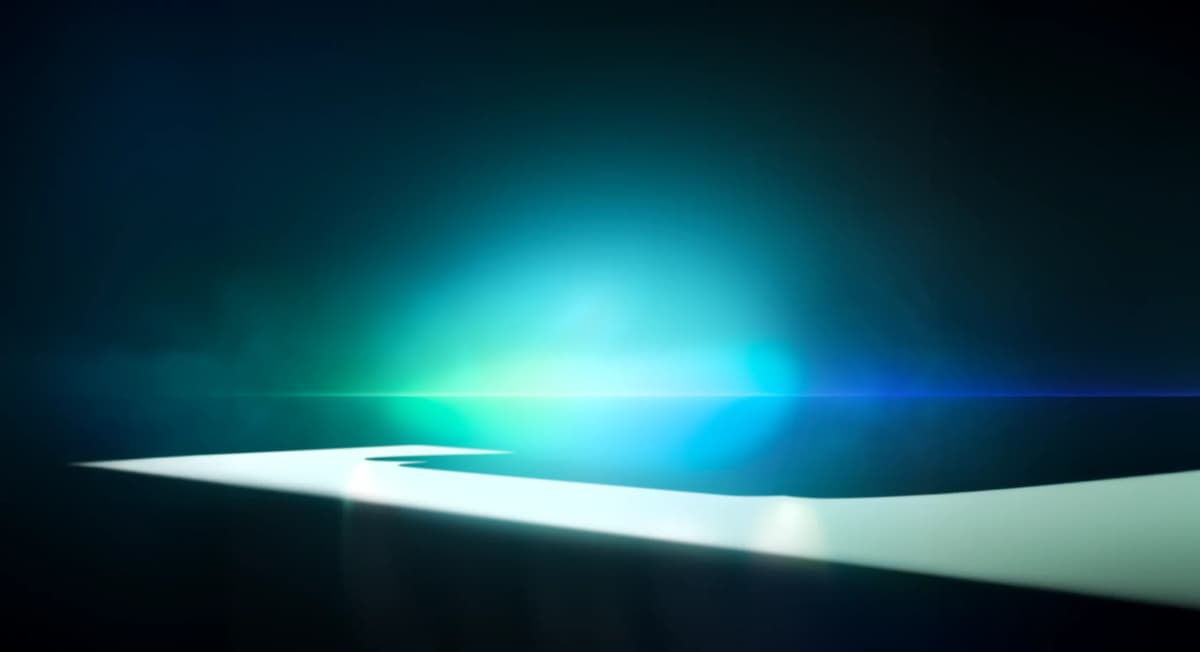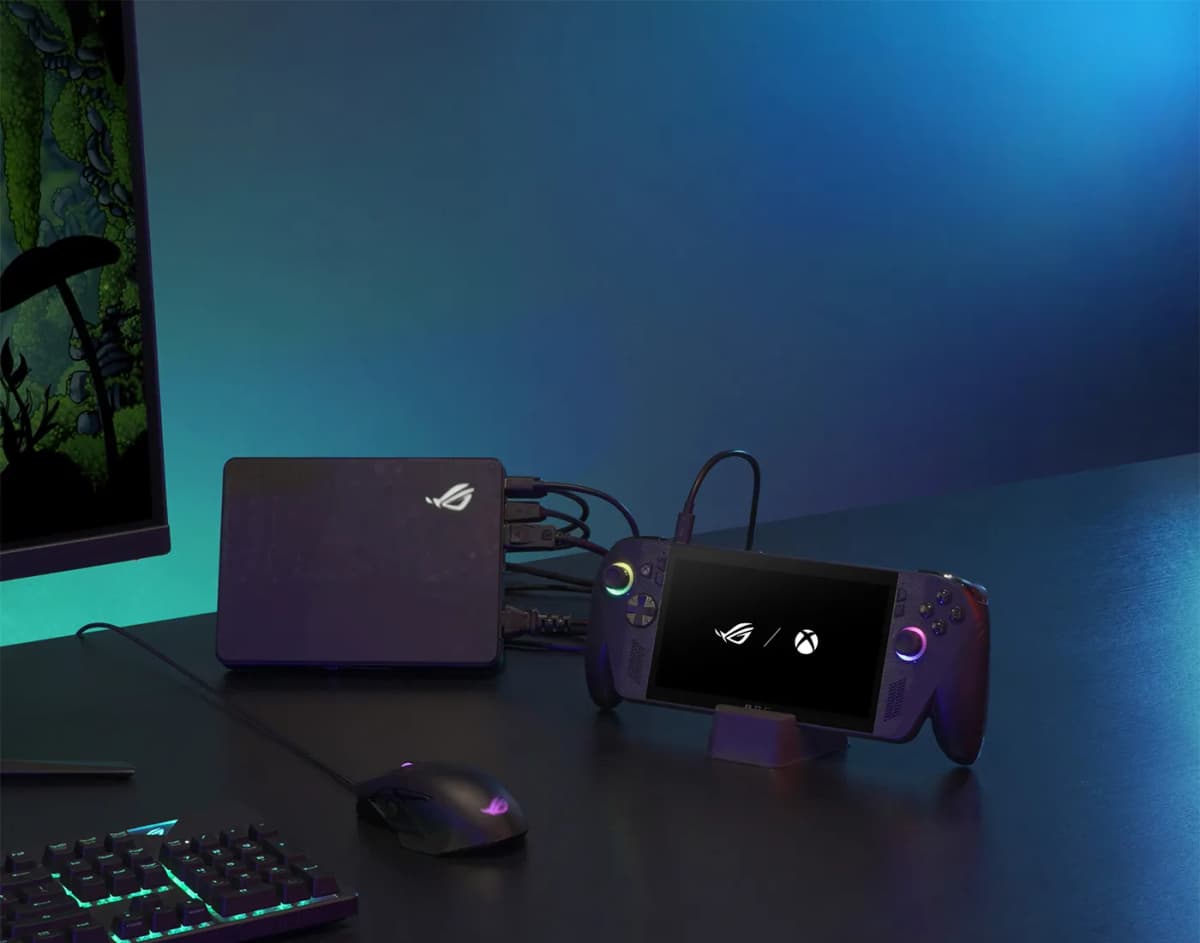
Xbox president Sarah Bond just told Variety-again-that Microsoft is building a new generation of Xbox hardware. The timing isn’t accidental. It comes right after the launch of the ROG Xbox Ally handheld and months of mixed messaging that left a lot of Xbox fans wondering if Microsoft still cared about making consoles at all. As someone who’s watched the brand pivot from “power matters” to “play anywhere,” this latest confirmation matters, but not for the reasons the PR line suggests.
Bond’s core message is straightforward: “We are 100% planning for the future. Our next‑generation hardware is in development. We’ve explored prototyping and design. We announced a partnership with AMD on this, and it still stands. We saw [with the ROG Xbox Ally] an opportunity to innovate differently and give players another choice, in addition to our next‑gen hardware. We always listen to what players and creators want. When there is a demand for innovation, we build it.”
She doubled down on the “choice” mantra: “We want everyone to have a choice. We want to offer an option to the most demanding players, those looking for the latest innovations and new possibilities. And if someone wants a way to play PC games on the go—whether they’re casual or a die‑hard—the Xbox Ally is for them. We offer a multitude of options to meet players where they are.”
On paper, that’s fine. In practice, the reason Xbox keeps getting asked this question is because the community’s confidence took hits: first‑party releases arriving on competing platforms, studio closures that rattled faith, and Game Pass price changes after years of “value forever” talk. Xbox says a new console is coming; players want reasons to believe—and more importantly, reasons to care.

The AMD partnership sticking is the least shocking and most meaningful part. It implies x86 CPU and RDNA‑based graphics again, which is great news for backward compatibility, dev tools continuity, and performance‑per‑watt maturity. If you’ve enjoyed how Series X|S handles old libraries, this continuity likely preserves that strength. It also points away from an Nvidia or ARM detour, which might have complicated cross‑gen support and tooling.
That doesn’t tell us specs or features, but it sets expectations: expect a familiar development stack, modern features like hardware‑accelerated ray tracing and smarter machine‑learning assists (think AMD’s FSR and potential AI‑accelerated upscaling), and a power curve that targets 4K fidelity without totally ignoring 60+ fps performance. The real question isn’t “how fast?”—it’s whether Xbox can deliver must‑play software that uses the speed.

Positioning the ROG Xbox Ally as “an Xbox you can take with you” makes sense for Microsoft’s ecosystem play. It’s a Windows handheld that leans into Game Pass, xCloud, and PC libraries, without Microsoft having to design, manufacture, and support a dedicated first‑party handheld. That’s very on‑brand for the modern Xbox: own the platform and services, let partners build the hardware variations.
But there’s a flip side. By leaning on third‑party portables and pitching “everything is Xbox,” the distinct identity of the console risks getting diluted. If I can play Starfield on a ROG Ally, a decent laptop, a smart TV via cloud, or a Series X, what convinces me to buy the next box? Price, performance per dollar, and platform conveniences (latency, quick resume, storage, silent thermals) need to be undeniable. Otherwise, the “choice” story just nudges people further toward PC or cloud and away from dedicated hardware.
Xbox leadership has teased a major technical leap for next gen, and the cadence lines up: Series X|S launched in 2020, so 2026-2028 is a sensible window. My bet? Microsoft aims late in the cycle with a spec that outmuscles PS5 on raw numbers (again), while banking on services and BC to sweeten the deal. That strategy only works if the games arrive with clear reasons to be on Xbox—day‑one bangers from the Bethesda, Activision Blizzard, and Xbox Game Studios stables that aren’t immediately everywhere else.

Players aren’t asking if a new Xbox exists. They’re asking if Microsoft will commit to it with exclusive showcases that don’t evaporate, policies that don’t U‑turn six months later, and pricing that doesn’t creep the minute adoption looks good. Bond can confirm hardware every week; the proof will be summer showcases, launch‑window software, and transparent messaging around physical media and cross‑gen support.
Next‑gen Xbox is real and still tied to AMD, and Microsoft is framing the ROG Xbox Ally as the handheld companion in its “play anywhere” ecosystem. That’s fine, but the hardware reveal won’t matter unless Xbox pairs it with consistent policies and a launch slate that gives players a reason to pick the box over the many other “Xbox” options Microsoft now promotes.
Get access to exclusive strategies, hidden tips, and pro-level insights that we don't share publicly.
Ultimate Gaming Strategy Guide + Weekly Pro Tips